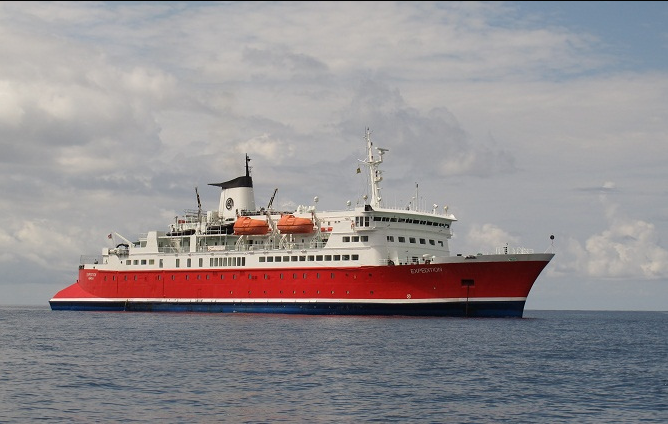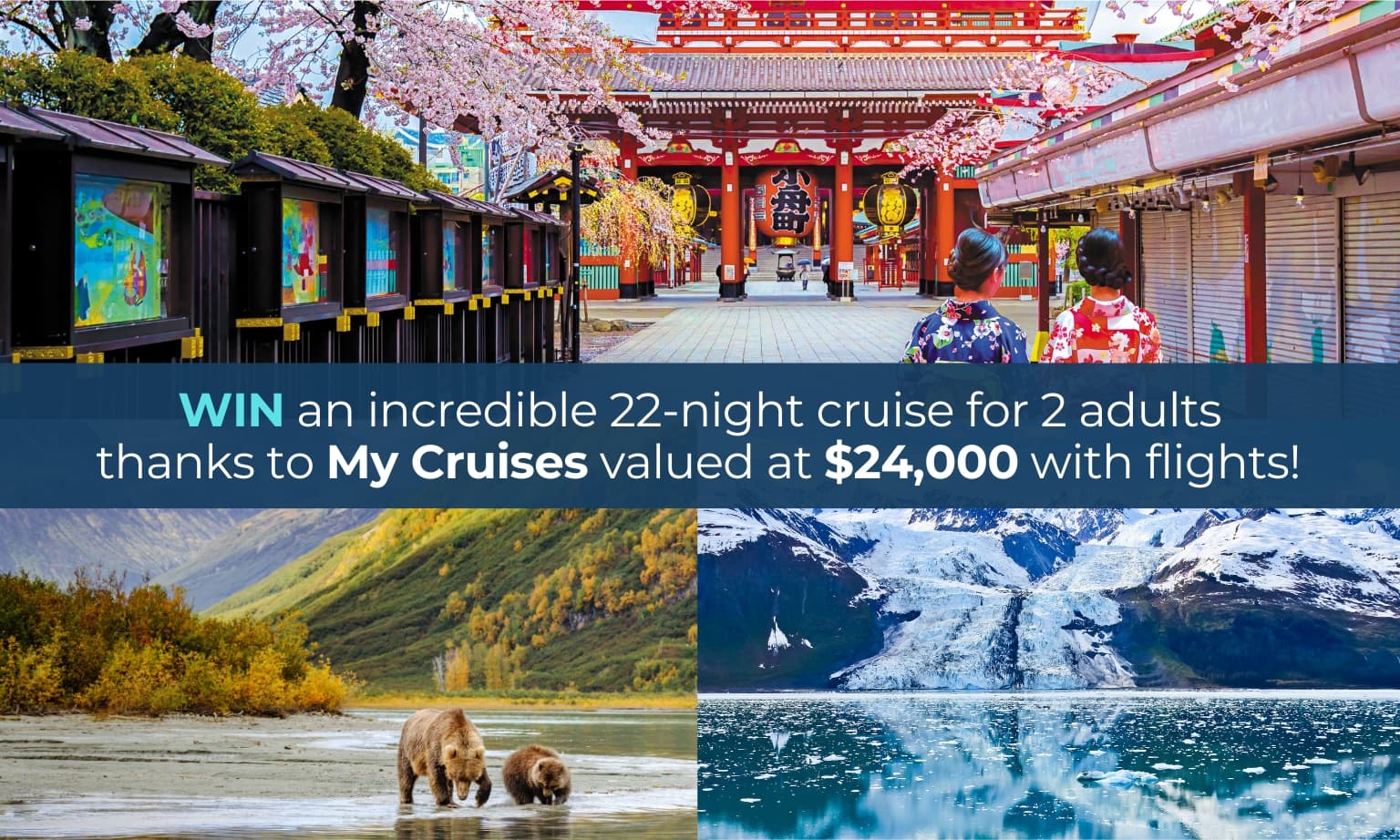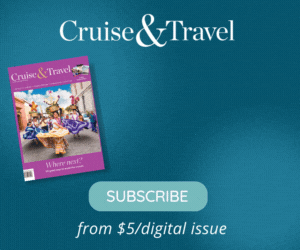As Expedition traces the western coast of Africa from Cape Town to Dakar, our intrepid reporter discovers mystery and history way off the tourist track.
“You will travel far and the spirits will guide you safely through many perils,” Anthony whispers into his hands cupping the tiny object. And with that short and sweet blessing, he inserts a tiny wooden pin into the little shaft and presents me with my travelling talisman. Anthony, not his real name I’m certain, looks at me with the satisfaction that reminds me of a triumphant used-car salesman.
In his tiny, darkened back room, Dr David Conrad (a PhD in African studies) and I survey the bizarre assortment of fetish idols arranged on the little table. “You won’t find these legba [vodun idol and gatekeeper to the spirit world] out in the market,” David says to me through barely moving lips, “these are the real deal.”
Here in Togo’s Akodessewa Fetish Market, hidden away in the backstreets of the capital Lomé, a small contingent of our tour group from G Adventures’ Expedition has ventured inside the compound to examine the piles of desiccated animal remains, withered heads and amputated parts on sale for vodun practitioners and curious tourists alike.
Inaugural voyage
There are 100 passengers aboard G Adventures’ inaugural voyage. It’s a mixed bunch for sure: Americans, Australians, Brits, Canadians and a sprinkling of Germans, Spanish and others. Each has their own reason for making this voyage. Some die-hard G Adventures devotees will go anywhere the company’s flag is hoisted, while others simply want to tick boxes. The rest are just fascinated by these lands, so long unthinkable for the general tourist, and what they may hold in cultural and natural riches.
Our ship, Expedition, was drafted into service by G Adventures after the sad loss of “the little red ship” in 2007. Made of stern stuff, what she lacks in glamour is more than compensated for in sheer hard-core functionality. Built as an Arctic vehicle and passenger ferry in 1972, she has had several names but is now enjoying a relatively leisurely life refitted as a dedicated expedition vessel. There’s generous space in all the public areas including bars, lounges and decks and she seems to have adapted very well to this new life.
Now she is tracing the western coast of Africa from Cape Town to Dakar, Senegal, over 24 days. Already we’ve gazed from the dizzying heights of Table Mountain in Cape Town, explored the abandoned structures of Kolmanskop on the edge of the Namib Desert and investigated the Portuguese colonial remnants of the once war-torn nation of Angola. Ahead of us are the grisly Ghanaian slave ports of Elmina and Cape Coast where visitors report hearing the ghostly whispers of long departed slaves in the dungeons.
Poignant history
Despite centuries of Christian influence in the Gulf of Guinea from Nigeria to Ghana, the art of vodun is practised in some shape or form in both the cities and villages. When West African slaves were transported in their thousands from these shores to the Caribbean and Americas, it became “voodoo” – and something else again.
The poignant slave history is the other predominant cultural experience available to us at the many sites, now UNESCO recognised, in Ghana, Gambia and Senegal. The slave trade itself extended almost the entire length of the African west coast and well inland, and almost certainly exists in some shape or form to this day.
Indiana Jones
A hand-picked platoon of impressively credentialled lecturers, adventure guides and avid naturalists escorts us at every turn, helping us unravel the flora, fauna and ethnic complexity we encounter every day. I’m one among the small band who continually hover around David Conrad, a kind of post-Woodstock Indiana Jones and an eagle-eyed art hunter who’s forgotten more than most us will ever know about this crazy land.
Others flock around Dr Steve Boyes, the ornithologist, while Wolfgang Kaehler plays Pied Piper to his wide-aperture gang of camera-toting travellers. Peter Baxter, historian, author and inveterate African field guide, draws a loyal following too, reminding us that Africa is not just for the curious, rubber-necked voyeur. It is a land facing a multitude of environmental and humanitarian challenges, from messy and destructive resource exploitation to grass-roots medical facilities.
Unexplored beauty
The coast of West Africa is one of the last remaining parts of the world unexplored by the planet’s inquisitive fleet of adventure vessels. While the larger ships of Cunard and Crystal are comfortable stopping by the safe Namibian ports of Luderitz and Walvis Bay, it’s only recently that adventure cruise operators have deemed Angola, Congo, Sao Tome and the Gulf nations sufficiently crisis-free to allow tourist ship visits.
Even so, all precautions are taken and, from Point Noire in Congo until Accra in Ghana, we are joined by three very businesslike ex-Royal Marines who stand vigil while Expedition passes through the region where their presence is deemed necessary (see breakout).
In 2014, G Adventures will extend its itinerary to Marrakech and Morocco, a perfectly logical addition enabling added opportunities for those wishing to stay on in these mystical lands.








